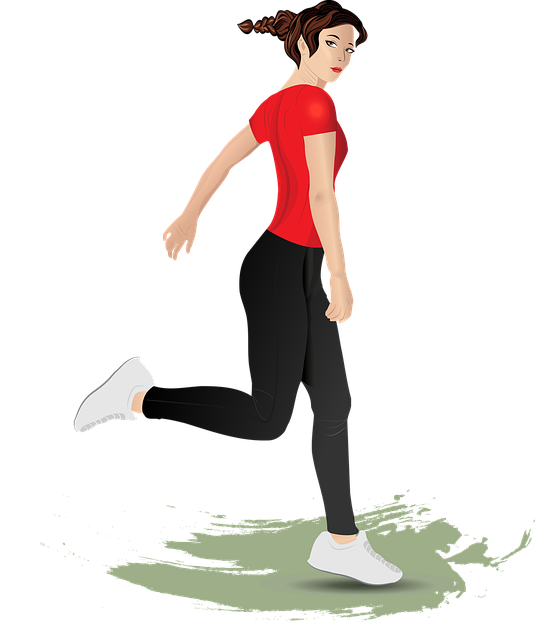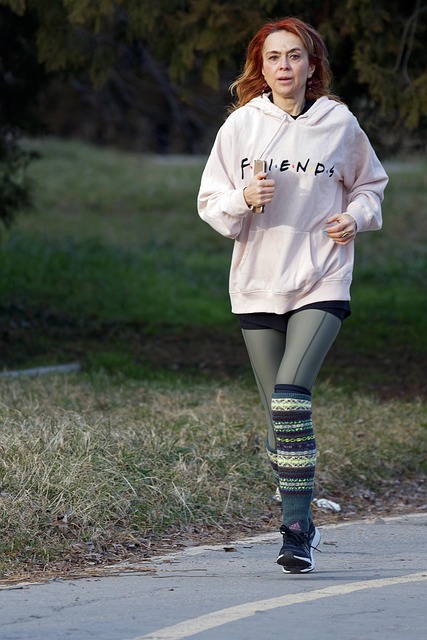Joint function, disrupted by conditions like arthritis, significantly impacts mobility and quality of life. Regenerative medicine for arthritis offers a promising solution through stem cell therapy and techniques like platelet-rich plasma (PRP), aiming to restore damaged tissues and reduce pain. Physical therapy plays a crucial role, combining tailored exercises, manual therapy, and regenerative treatments to enhance joint function, improve range of motion, and ultimately empower patients with self-management strategies for long-term arthritis management.
Discover the power of physical therapy in enhancing joint function and restoring mobility. This comprehensive guide explores innovative techniques, focusing on regenerative medicine as a promising approach for arthritis management. Learn how targeted physical therapy, combined with exercise and manual therapy, can significantly improve joint health. Dive into these strategies to reclaim your active lifestyle and bid farewell to arthritis pain. Explore the benefits of regenerative medicine for arthritis and unlock optimal joint function today.
- Understanding Joint Function and Its Impact on Mobility
- Regenerative Medicine: A Promising Approach for Arthritis Management
- Targeted Physical Therapy Techniques to Improve Joint Health
- Integrating Exercise and Manual Therapy for Optimal Results
Understanding Joint Function and Its Impact on Mobility

Joint function is a complex interplay of various structures, including muscles, tendons, ligaments, and cartilage, all working harmoniously to enable movement and maintain stability. When joint function is compromised due to conditions like arthritis or injuries, it can significantly impact an individual’s mobility and overall quality of life. Understanding the intricacies of joint anatomy and the mechanisms of movement is crucial in developing effective treatment strategies, such as regenerative medicine for arthritis, to restore and enhance joint functionality.
Mobility issues stemming from joint dysfunction can lead to decreased independence, pain, and a diminished range of motion. Physical therapy plays a pivotal role in addressing these challenges by employing various techniques tailored to the specific needs of each patient. Through targeted exercises, manual therapy, and innovative approaches like regenerative medicine, therapists can stimulate healing, reduce inflammation, and promote the regeneration of joint structures, ultimately enhancing mobility and improving the overall well-being of patients with joint-related disorders.
Regenerative Medicine: A Promising Approach for Arthritis Management

Regenerative medicine offers a promising approach in managing arthritis, one of the most common joint conditions globally. This innovative field focuses on restoring and regenerating damaged tissues rather than just treating symptoms. By harnessing the body’s inherent healing capabilities, regenerative medicine aims to improve joint function and slow down or even reverse the progression of arthritis.
One key technique within this approach is the use of autologous stem cells, which are extracted from a patient’s own body. These versatile cells have the potential to differentiate into various types of joint tissue, such as cartilage, bone, and ligament. This minimizes the risk of immune rejection and enables the body to naturally integrate the new tissue, leading to better long-term outcomes for arthritis sufferers.
Targeted Physical Therapy Techniques to Improve Joint Health

Physical therapy plays a pivotal role in enhancing joint function and improving overall mobility, especially for individuals dealing with arthritis or other inflammatory conditions. Targeted techniques, such as regenerative medicine, offer promising avenues for managing pain and restoring joint health. This advanced approach involves stimulating the body’s natural healing processes to repair damaged tissues.
Regenerative medicine for arthritis focuses on delivering therapeutic agents like platelet-rich plasma (PRP) or stem cells to the affected area. These treatments promote tissue regeneration, reduce inflammation, and alleviate pain. By targeting specific joints with tailored physical therapy techniques, therapists can optimize movement patterns, improve range of motion, and strengthen surrounding muscles, ultimately enhancing overall joint function and quality of life for patients.
Integrating Exercise and Manual Therapy for Optimal Results

Integrating exercise and manual therapy is a powerful approach in physical therapy, offering significant benefits for enhancing joint function, especially in managing conditions like arthritis. Exercise plays a pivotal role in strengthening muscles surrounding joints, improving range of motion, and promoting overall mobility. Customized exercise routines, tailored to individual needs, can include gentle stretching, aerobic activities, and resistance training. This combination stimulates blood flow, reduces inflammation, and facilitates the body’s natural regenerative medicine for arthritis processes.
Manual therapy techniques, such as joint mobilization and soft tissue manipulation, work in harmony with exercises. Skilled therapists use their hands to apply specific forces and movements, improving joint flexibility and range of motion. This hands-on approach helps alleviate pain, reduce muscle tension, and encourage the body’s natural healing response. Integrating these two methods allows for a comprehensive treatment plan that not only addresses physical symptoms but also empowers patients with self-management strategies for long-term joint health.
Physical therapy plays a pivotal role in enhancing joint function, especially for those suffering from conditions like arthritis. By combining targeted techniques with integrative exercise and manual therapy, therapists can effectively improve mobility and quality of life. Moreover, the growing field of regenerative medicine offers promising avenues for managing arthritis, potentially revolutionizing treatment strategies. Incorporating these advanced approaches ensures comprehensive care, enabling individuals to regain joint health and embrace an active lifestyle.
